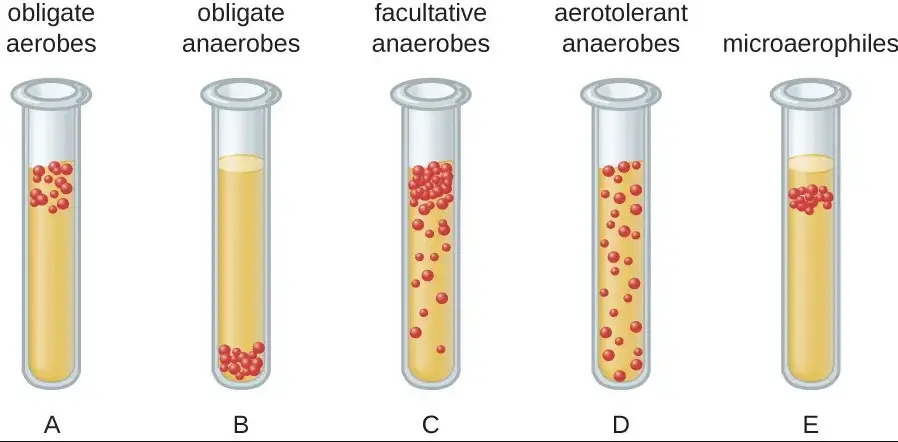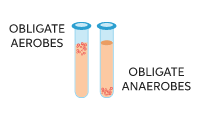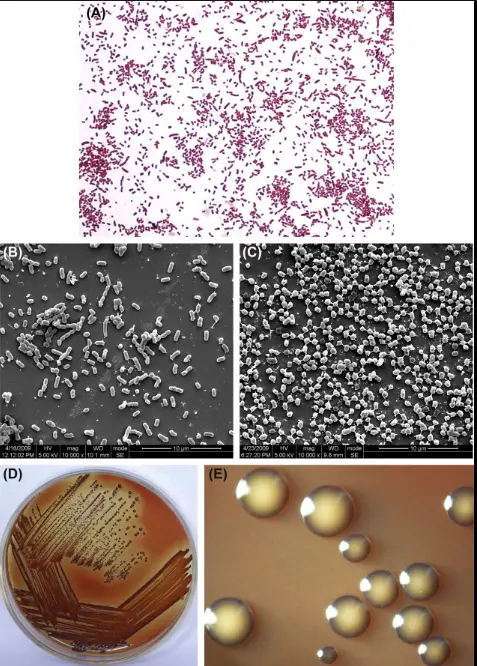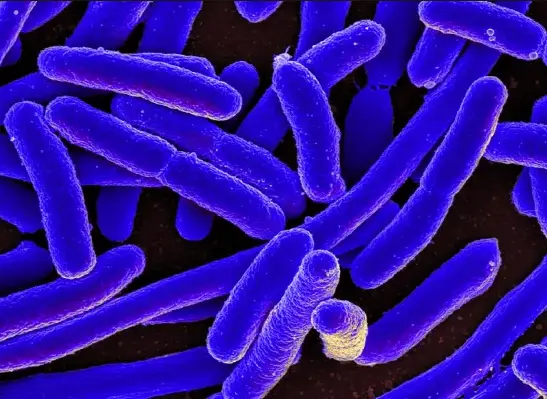Microorganisms, the tiny architects of life, exist in myriad forms, each tailored to specific environmental niches. Among these, obligate aerobes and obligate anaerobes represent two fundamental categories distinguished by their oxygen requirements. This distinction plays a crucial role not only in their survival but also in their interaction with their environments.
Obligate aerobes are organisms that require oxygen to thrive and perform cellular functions, relying on it for energy production through cellular respiration. Conversely, obligate anaerobes cannot survive in the presence of oxygen; they obtain energy through anaerobic processes, which do not require oxygen and often yield less energy compared to aerobic respiration.
The presence or absence of oxygen in cellular environments dictates not only the metabolic pathways of these organisms but also their ecological roles and applications. From the depths of oxygen-deprived soils to the oxygen-rich corners of the earth, these organisms adapt uniquely, influencing everything from soil fertility to human health.

Aerobic vs. Anaerobic
When discussing microorganisms and their lifestyles, the terms aerobic and anaerobic describe their oxygen requirements. This fundamental characteristic influences not only their biological functions but also their ecological roles.
Definition of Aerobes
Aerobes are organisms that require oxygen to survive. They utilize this essential gas in various metabolic processes, primarily for extracting energy from food. The presence of oxygen is crucial for their survival as it plays a central role in their respiratory systems.
Definition of Anaerobes
In contrast, anaerobes thrive in environments where oxygen is either minimal or absent. These organisms have adapted to generate energy through chemical processes that do not require oxygen, such as fermentation. This ability allows them to inhabit places where aerobes cannot survive.
Obligate Aerobes Explained
Characteristics of Obligate Aerobes
Obligate aerobes must have oxygen to conduct their cellular processes. These organisms are highly efficient in using oxygen to convert glucose into energy, carbon dioxide, and water—a process known as aerobic respiration. The key features of obligate aerobes include a robust system to manage oxidative stress and an intricate respiratory chain that maximizes energy production from oxygen.
Examples in Nature
Common examples of obligate aerobes include Mycobacterium tuberculosis, the bacterium responsible for tuberculosis, and Bacillus subtilis, a soil bacterium. These microbes are not only widespread in nature but also play critical roles in their respective environments.
Role in Ecosystems
In ecosystems, obligate aerobes contribute significantly to nutrient cycling. They are pivotal in the breakdown of organic materials, turning complex substances into simpler compounds that other organisms can use, thereby fostering a balanced ecosystem.
Obligate Anaerobes Explained
Characteristics of Obligate Anaerobes
Obligate anaerobes are characterized by their inability to tolerate oxygen. They possess unique metabolic pathways to extract energy from molecules other than oxygen, such as nitrate, sulfate, or carbon dioxide. Their cellular structures lack the protective enzymes that neutralize the toxic byproducts of oxygen, making them highly sensitive to oxidative environments.
Examples in Nature
Clostridium botulinum, the bacterium that causes botulism, is an example of an obligate anaerobe. Another is Bacteroides, which constitutes a significant portion of the human gut flora and plays a crucial role in digesting complex carbohydrates.
Role in Ecosystems
Obligate anaerobes are essential for processes like methane production, sulfate reduction, and the decomposition of organic materials under anaerobic conditions. They help maintain the health of environments such as wetlands and are integral to biogeochemical cycles.

Cellular Mechanisms
The cellular mechanisms of aerobes and anaerobes differ significantly, primarily in how they produce energy.
Energy Production in Aerobes
Aerobes perform aerobic respiration, a highly efficient process that involves the complete breakdown of glucose in the presence of oxygen, resulting in ATP (adenosine triphosphate), water, and carbon dioxide. This process is marked by several stages, including glycolysis, the Krebs cycle, and oxidative phosphorylation, each occurring within specialized structures in the cell.
Energy Production in Anaerobes
Anaerobes, however, rely on anaerobic respiration or fermentation. These processes do not require oxygen and generally produce less energy compared to aerobic respiration. In anaerobic respiration, other electron acceptors are used instead of oxygen, such as nitrate or sulfate. Fermentation leads to organic byproducts like alcohol or lactic acid, which can be beneficial in various industrial applications.

Environmental Requirements
Understanding the environmental needs of microorganisms like obligate aerobes and anaerobes is crucial for studying their behaviors and potential applications.
Oxygen Tolerance in Aerobes
Obligate aerobes thrive in environments rich in oxygen. Their survival and proliferation depend on the availability of this gas, which they utilize in complex biochemical pathways to extract energy. These organisms are not just limited to areas with direct air exposure; they can also inhabit the upper layers of soils and water bodies where oxygen diffuses from the atmosphere.
Oxygen Tolerance in Anaerobes
Conversely, obligate anaerobes require environments devoid of oxygen. Their unique metabolic processes are disrupted by oxygen, which can be toxic to their cellular components. These organisms are often found in places such as deep soil layers, sediments below water bodies, and other oxygen-poor environments like the guts of animals.
Practical Applications
The distinct characteristics of obligate aerobes and anaerobes allow for their diverse applications in various fields, particularly in biotechnology and environmental management.
Uses in Biotechnology
- Obligate Aerobes: These are used in the production of antibiotics, degradation of pollutants, and synthesis of industrially important enzymes. Their ability to consume oxygen also makes them ideal candidates for aerobic digesters in waste treatment facilities.
- Obligate Anaerobes: These organisms play a pivotal role in fermentation processes, such as in the production of beer, wine, and bread. Additionally, their enzymatic activities are harnessed in the manufacture of pharmaceuticals and chemicals under anaerobic conditions.
Environmental Impact
Both obligate aerobes and anaerobes have profound effects on their ecosystems:
- Aerobes contribute to the carbon cycle and help decompose organic matter into simpler compounds that plants can absorb as nutrients.
- Anaerobes are crucial in processes such as nitrogen fixation and methane production, which are vital for maintaining the Earth’s atmospheric balance and fertility of soils.
Health Implications
The impact of these microorganisms on human health is significant, with both positive and negative effects.
Aerobes and Human Health
Many obligate aerobes are beneficial, forming part of the normal flora of the human skin, mouth, and upper respiratory tract. However, some, like Mycobacterium tuberculosis, are pathogenic and can cause severe diseases.
Anaerobes and Human Health
Similarly, obligate anaerobes form a major part of the human gut flora, aiding in digestion and playing a role in the immune system. Nonetheless, some anaerobes can be opportunistic pathogens, such as those involved in gangrene and dental infections.
Research and Innovations
The ongoing research into obligate aerobes and anaerobes is uncovering new ways these organisms can be utilized for the benefit of humanity and the environment.
Current Studies on Aerobes
Research on aerobes includes developing new antibacterial agents and exploring their role in bio-remediation. Scientists are particularly interested in how these organisms adapt to changing oxygen levels in their environments, which has implications for climate change models.
Current Studies on Anaerobes
For anaerobes, recent studies focus on their ability to produce biofuels and their roles in gut health. Innovations include genetically engineering anaerobes for more efficient biofuel production and studying their interactions with human host cells to understand chronic diseases better.
FAQs
What Are Obligate Aerobes?
Obligate aerobes are microorganisms that require oxygen to survive. They utilize oxygen in their metabolic processes, specifically in extracting energy from nutrients, a process integral to their survival and growth.
What Are Obligate Anaerobes?
Obligate anaerobes are organisms that must live in environments devoid of oxygen. These microbes harness energy through anaerobic processes, which do not involve oxygen, often resulting in different byproducts like methane or hydrogen sulfide.
Why Can’t Anaerobes Tolerate Oxygen?
Oxygen is toxic to anaerobes because they lack the necessary enzymes to effectively neutralize reactive oxygen species. These reactive molecules can damage or destroy cellular structures in anaerobes.
How Do Aerobes and Anaerobes Differ in Energy Production?
Aerobes use oxygen to convert glucose into water, carbon dioxide, and ATP—a highly efficient energy process known as aerobic respiration. Anaerobes, however, rely on fermentation or anaerobic respiration, which is less efficient and does not use oxygen.
What Are Some Applications of Anaerobes and Aerobes?
Both types of organisms have vital roles in environmental and industrial processes. Aerobes help in composting and wastewater treatment, while anaerobes are crucial in biogas production and are used in some types of fermentation.
Conclusion
The nuanced differences between obligate aerobes and anaerobes underscore the diversity and adaptability of microorganisms. These distinctions not only shape their ecological roles but also have practical implications in biotechnology and environmental management. By understanding these organisms, scientists can better harness their capabilities for applications ranging from energy production to environmental restoration.
As research continues to unveil new insights into the metabolic mechanisms and ecological impacts of these microorganisms, the potential for innovative applications expands. This ongoing exploration not only enriches our understanding of microbial life but also enhances our ability to address some of the pressing environmental challenges faced today.

